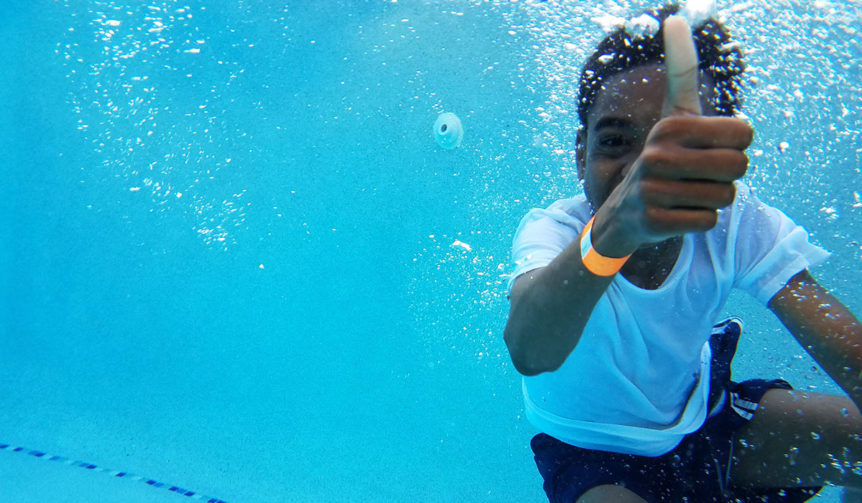If you own a pool, you already know that chlorine is the most common way to sanitize your water. But, do you know how to reach the right chlorine balance in your pool?
This is often one of the first questions pool owners have. And, it’s for good reason. The wrong balance makes your water unsafe to swim in.
You don’t have to be a professional to balance your water. All it takes is a simple process and a little testing to get it just right.
It’s More Than Just Chlorine
With so much talk about chlorine in pool water, it’s easy to think that’s all there is to balancing the water. However, chlorine needs a few other chemicals to properly do its job. Without them, it’s difficult to balance your chlorine levels.
In addition to chlorine tabs or solution, you’ll also need:
- Pool water testing kit
- pH chemicals (for raising and lowering)
- Alkalinity balancing chemicals
- Calcium chloride for calcium hardness
- Cyanuric acid (keeps the sun from destroying your chlorine)
Usually when you’re testing and balancing the water, you’ll want to test alkalinity, pH, calcium hardness, cyanuric acid and chlorine in that order. However, some tests only cover alkalinity, pH, and chlorine, so you may need to test other levels separately.
Use Your Test Kit Regularly
To reach the right chlorine balance, you’ll need to test the water regularly. Ideally, you should test at least twice a week and after heavy use. Since chlorine is a sanitizer, the more you use your pool, the more the chlorine has to sanitize. Naturally, this causes the level of chlorine to drop.
Since you need to know how much to replace it with, you’ll want to test the water before adding anything. While there are a variety of pool testers available, all of them work well for testing chlorine and other chemical levels.
Know Your Ideal Levels
When you test your water, your test kit may or may not have the ideal levels listed. If not, these are the numbers you should be looking for:
- Chlorine – 1 ppm to 3 ppm, though closer to 3 ppm is usually best
- Cyanuric acid – 30 ppm to 50 ppm, but closer to 30 ppm is usually best
- Alkalinity – 80 ppm to 120 ppm
- pH – 7.4 to 7.6, though 7.4 is the best (anything above 7.8 cuts your chlorine efficiency in half)
- Calcium hardness – 180 ppm to 220 ppm
Keeping your numbers in these ranges will keep your pool clean and safer. Plus, it helps your pool last longer as an imbalance can eventually damage the physical structure of your pool.
Keep The Pump Running
Unless you’re using a solution that needs to be added to the pump, keep your pump running as you add in chlorine or any of the other chemicals.
If you need to add anything else before adding chlorine, do so, but add each chemical one at a time. Use the directions with the product to know how much to add based on your pool size and current test numbers.
You want the pump running to evenly distribute the chemicals. If you’re adding multiple chemicals, add them from different areas around your pool. This helps them distribute easier and faster.
Add your chlorine last. You’ll need to wait a few hours for everything to distribute evenly. An exact wait time should be listed on the chemical packaging.
Add A Little At A Time
A knee jerk reaction might be to add a lot of chlorine or other chemicals if your numbers are off. However, it’s always best to add a little at a time. It’s much easier to add a little more later than have to drain your pool because you added too much.
Test Again
Not only should you test your water before adding chlorine, but test after the chlorine has had time to distribute properly. If you test too soon, the test won’t show the right chlorine balance.
If you followed the instructions for each chemical, you should have a proper chlorine balance when you run your second test. At worst, you may need to add just a little more.
If you need extra sanitizing, don’t just fill your pool with chlorine. This is incredibly dangerous. Instead, use a shock treatment to work alongside the chlorine to kill off bacteria.
Proper pool maintenance helps keep your pool looking great whenever you’re ready to use it. If you don’t want to have to do it all yourself, contact Koko Head Pool Service to keep your Honolulu pool looking great.
Image: Elena Mozhvilo
